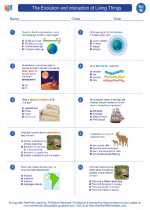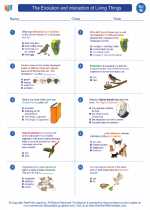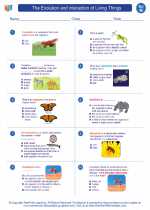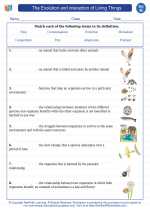Surface
The surface refers to the outermost layer or boundary of an object or substance. It is the part of an object that is in contact with the surrounding environment. The properties and characteristics of a surface can have significant effects on the behavior and interactions of the object or substance.
Types of Surfaces
Surfaces can be classified into different types based on their properties and interactions. Some common types of surfaces include:
- Smooth Surface: A surface that is even and regular, with minimal roughness or irregularities.
- Rough Surface: A surface that is uneven and irregular, with significant roughness and irregularities.
- Reflective Surface: A surface that can reflect light or other forms of radiation.
- Absorbent Surface: A surface that can absorb or take in substances or energy from its surroundings.
- Porosity: The presence of pores or empty spaces within a surface, which can affect its ability to absorb or retain substances.
Surface Area
The surface area of an object or substance is the total area of its external surfaces. It is an important measure in various scientific and mathematical calculations, including determining the amount of material needed to coat or cover a surface, or the rate of heat exchange between an object and its surroundings.
Surface Tension
Surface tension is the tendency of the surface of a liquid to resist external force, due to the cohesive forces between the liquid molecules. This property gives rise to phenomena such as the formation of droplets, capillary action, and the ability of certain insects to walk on water.
Study Guide
When studying the topic of surfaces, it is important to understand the different types of surfaces and their properties, as well as their significance in various scientific disciplines. Key points to focus on include:
- The characteristics of smooth and rough surfaces, and their impact on interactions with other objects.
- The role of surface tension in phenomena such as the behavior of liquids and the structure of biological membranes.
- The calculation and significance of surface area in real-world applications, such as material coating and heat transfer.
- The practical implications of surface properties in fields such as engineering, materials science, and environmental studies.
Understanding the concept of surfaces and their properties is essential for gaining insights into the behavior of objects and substances in various natural and engineered systems.
[Surface] Related Worksheets and Study Guides:
.◂Science Worksheets and Study Guides Eighth Grade. The Evolution and interaction of Living Things

 Worksheet/Answer key
Worksheet/Answer key
 Worksheet/Answer key
Worksheet/Answer key
 Worksheet/Answer key
Worksheet/Answer key
 Vocabulary/Answer key
Vocabulary/Answer key
 Vocabulary/Answer key
Vocabulary/Answer key
